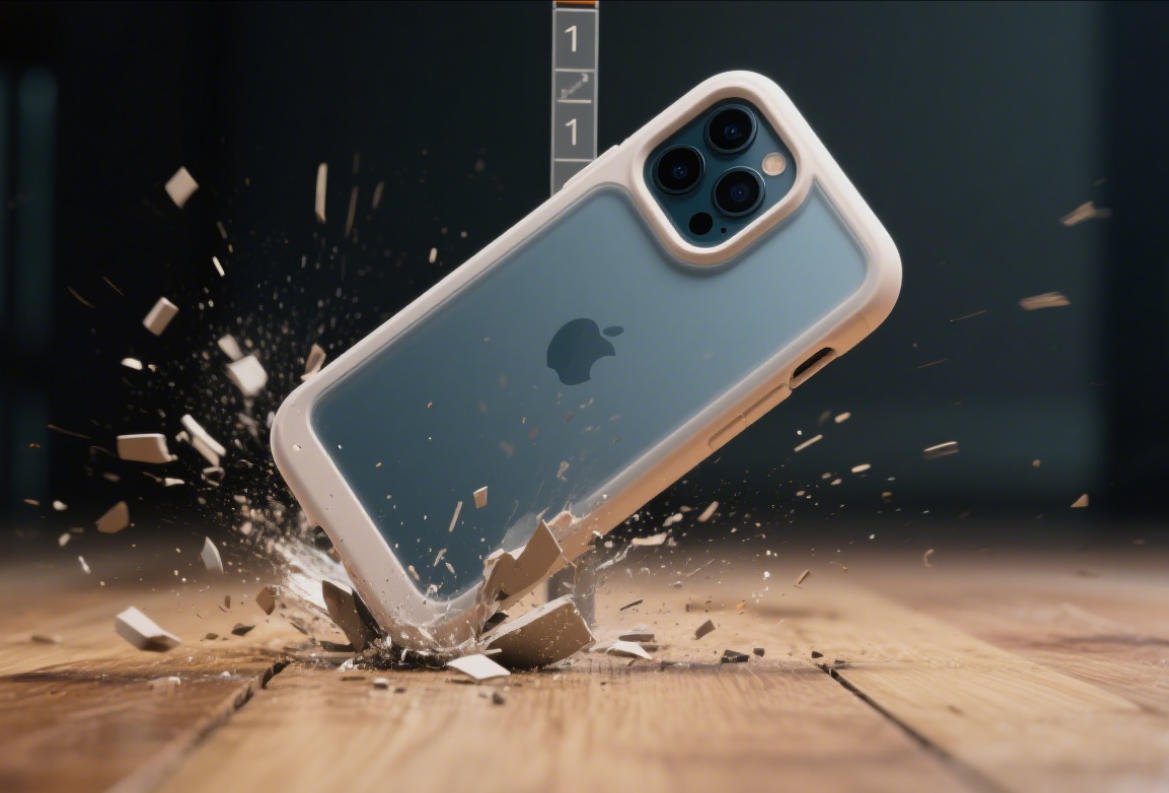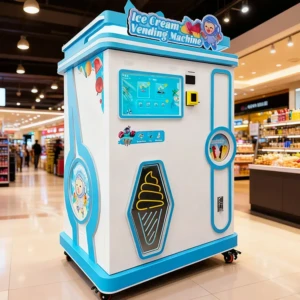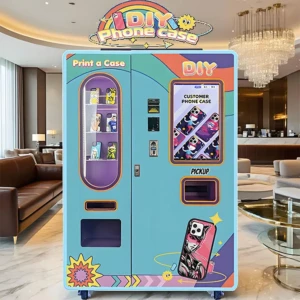Choosing the right material for printing a phone case is crucial for durability, aesthetics, and functionality. Whether you’re a DIY enthusiast or a business looking to offer custom phone cases, understanding the best materials can make all the difference. In this comprehensive guide, we’ll explore the top materials for phone case printing, their pros and cons, and how companies like Wider Matrix are revolutionizing the industry with automated solutions.

Top Materials for Printing Phone Cases
When it comes to printing phone cases, several materials stand out for their unique properties. Here’s a breakdown of the most popular options:
1. Thermoplastic Polyurethane (TPU)
TPU is the most popular material for 3D printed phone cases due to its flexibility and durability. It offers excellent shock absorption and can withstand daily wear and tear.
- Pros: Flexible, durable, good grip, excellent shock absorption
- Cons: Can yellow over time, slightly more expensive than other materials
2. Polycarbonate (PC)
Polycarbonate is known for its exceptional impact resistance and clarity, making it ideal for transparent phone cases.
- Pros: Highly durable, scratch-resistant, maintains clarity
- Cons: Less flexible than TPU, can be slippery
3. Polylactic Acid (PLA)
PLA is a biodegradable option made from renewable resources, popular for eco-conscious consumers.
- Pros: Environmentally friendly, easy to print with, available in various colors
- Cons: Less durable than TPU or PC, can become brittle over time

Material Comparison Table
| Material | Durability | Flexibility | Print Difficulty | Best For |
|---|---|---|---|---|
| TPU | High | Very Flexible | Moderate | Everyday protection |
| Polycarbonate | Very High | Rigid | Difficult | Maximum protection |
| PLA | Medium | Semi-Flexible | Easy | Decorative cases |
Innovative Printing Solutions from Wider Matrix
For businesses looking to offer custom phone cases without the complexity of traditional manufacturing, Wider Matrix provides cutting-edge vending machines that can print personalized phone cases on demand. Their phone case vending machines allow customers to create custom designs and receive their cases in minutes, using high-quality materials that ensure durability and vibrant prints.
Wider Matrix’s technology combines the best materials with automated precision, making professional-quality phone case printing accessible to retail stores, malls, and entertainment venues. Their machines support various materials, including flexible TPU for shock absorption and rigid polycarbonate for clear cases.

Factors to Consider When Choosing Phone Case Materials
1. Protection Level Needed
Consider how much protection your phone requires. For heavy-duty protection, polycarbonate or TPU are excellent choices, while PLA might suffice for decorative cases.
2. Printing Method
Different materials work best with specific printing technologies. TPU is ideal for 3D printing, while polycarbonate works well with injection molding.
3. Aesthetic Preferences
If you want a clear case, polycarbonate is your best bet. For colorful or patterned designs, TPU and PLA offer more options.
Frequently Asked Questions
1. What is the most durable material for printing phone cases?
Polycarbonate offers the highest durability, followed closely by TPU. Both materials provide excellent protection against drops and impacts.
2. Can I 3D print a phone case at home?
Yes, with a 3D printer and the right materials (typically TPU or PLA), you can print phone cases at home. However, professional machines like those from Wider Matrix offer higher quality and consistency.
3. How long does it take to 3D print a phone case?
Printing time varies based on material and design complexity, but typically takes 2-4 hours for a standard case on a consumer-grade 3D printer.
4. What material do Wider Matrix’s phone case vending machines use?
Wider Matrix’s phone case machines primarily use high-quality TPU material, which offers the perfect balance of flexibility, durability, and print quality for on-demand production.
5. Are 3D printed phone cases safe for my phone?
Yes, when printed properly with quality materials, 3D printed cases are safe. They provide adequate protection without damaging your phone.
6. Which material is best for flexible phone cases?
TPU is the best choice for flexible cases due to its natural elasticity and shock-absorbing properties.
7. How do I maintain a 3D printed phone case?
Clean with mild soap and water, avoid excessive heat, and store properly when not in use to maintain the case’s quality.
Related Topics
- How Much Can You Make with a Cotton Candy Machine?
- Is a Cotton Candy Machine a Good Investment?
- Latest Upgrade in Vending Technology
- About Wider Matrix Technology
- Contact Wider Matrix for Custom Solutions
Conclusion
Choosing the right material for printing phone cases depends on your specific needs for protection, aesthetics, and functionality. While TPU stands out as the most versatile option for most applications, materials like polycarbonate and PLA have their unique advantages. For businesses looking to offer custom phone cases, solutions like those from Wider Matrix provide automated, high-quality printing options that can create personalized cases in minutes. Their innovative vending machines combine the best materials with cutting-edge technology, making professional phone case production accessible to various retail environments.
Whether you’re printing at home or considering commercial solutions, understanding these materials will help you make informed decisions about phone case production. As technology advances, we can expect even more innovative materials and printing methods to emerge in this exciting field.






Comments
No comments yet. Be the first to comment!